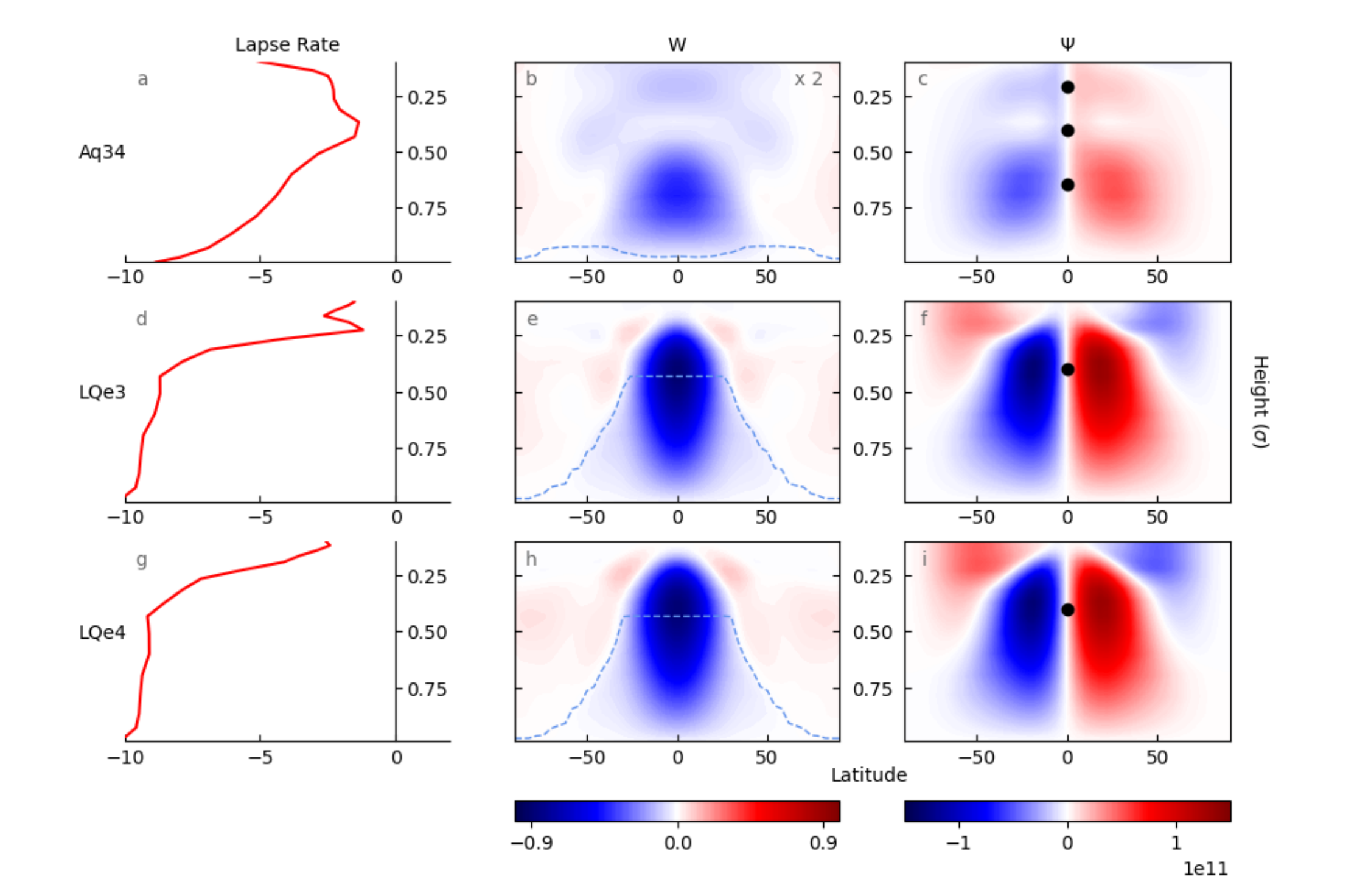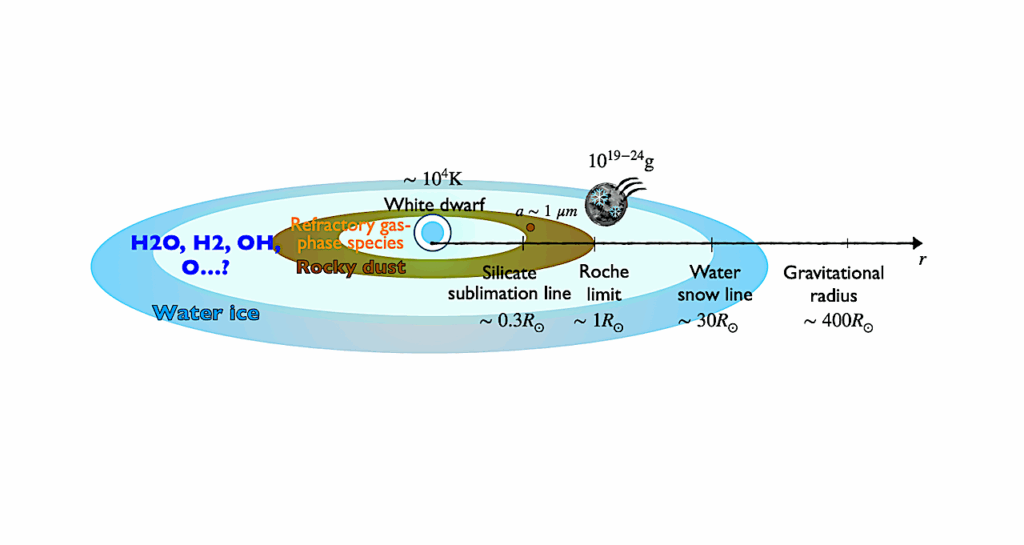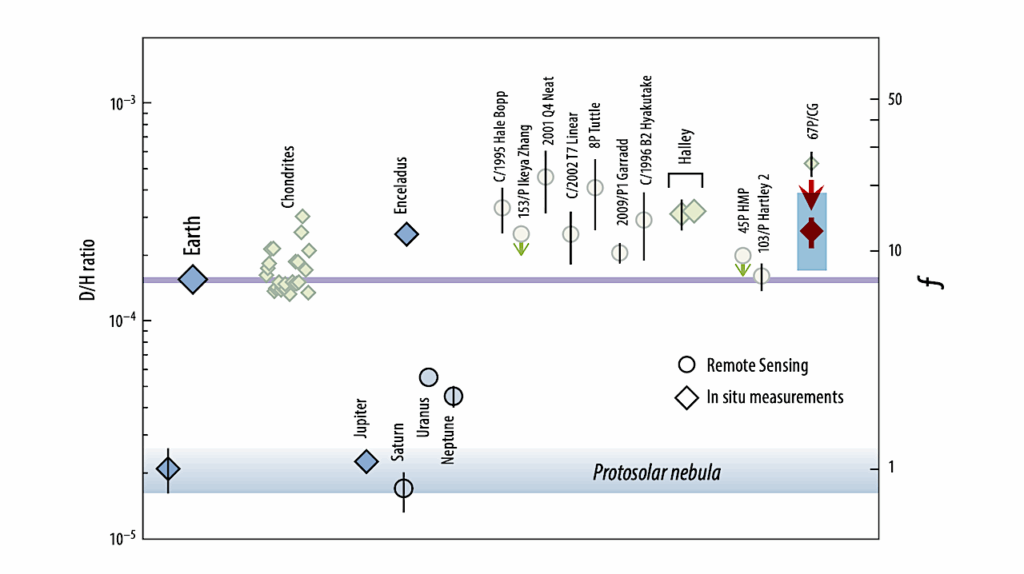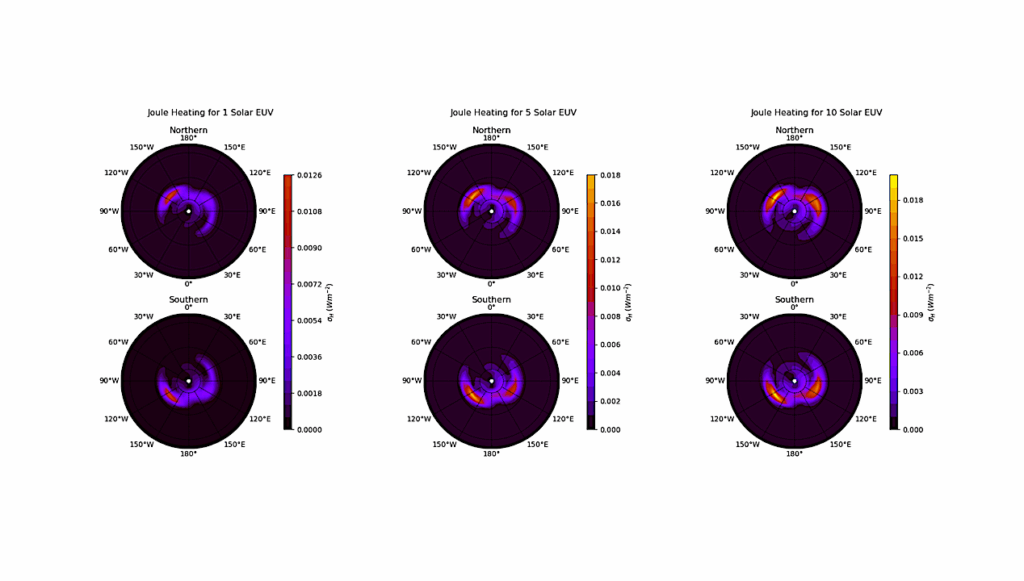Terminator Habitability: The Case For Limited Water Availability on M-dwarf Planets

Rocky planets orbiting M-dwarf stars are among the most promising and abundant astronomical targets for detecting habitable climates.
Planets in the M-dwarf habitable zone are likely synchronously rotating, such that we expect significant day-night temperature differences, and potentially limited fractional habitability.
Previous studies have focused on scenarios where fractional habitability is confined to the substellar or “eye” region, but in this paper we explore the possibility of planets with terminator habitability, defined by the existence of a habitable band at the transition between a scorching dayside and a glacial nightside. Using a global climate model, we show that for water-limited planets it is possible to have scorching temperatures in the “eye” and freezing temperatures on the nightside, while maintaining a temperate climate in the terminator region, due to a reduced atmospheric energy transport.
Whereas on water-rich planets, increasing stellar flux leads to increased atmospheric energy transport and a reduction in day-night temperature differences, such that the terminator does not remain habitable once the dayside temperatures approach runaway or moist greenhouse limits.
We also show that, while water-abundant simulations may result in larger fractional habitability, they are vulnerable to water loss through cold-trapping on the nightside surface or atmospheric water vapor escape, suggesting that even if planets were formed with abundant water, their climates could become water-limited and subject to terminator habitability.
Ana H. Lobo, Aomawa L. Shields, Igor Z. Palubski, Eric Wolf
Comments: 16 pages, 9 figures, 3 tables, Accepted for publication in The Astronomical Journal
Subjects: Earth and Planetary Astrophysics (astro-ph.EP)
Cite as: arXiv:2212.06185 [astro-ph.EP] (or arXiv:2212.06185v1 [astro-ph.EP] for this version)
https://doi.org/10.48550/arXiv.2212.06185
Focus to learn more
Submission history
From: Ana H. Lobo
[v1] Mon, 12 Dec 2022 19:01:02 UTC (3,673 KB)
https://arxiv.org/abs/2212.06185
Astrobiology








